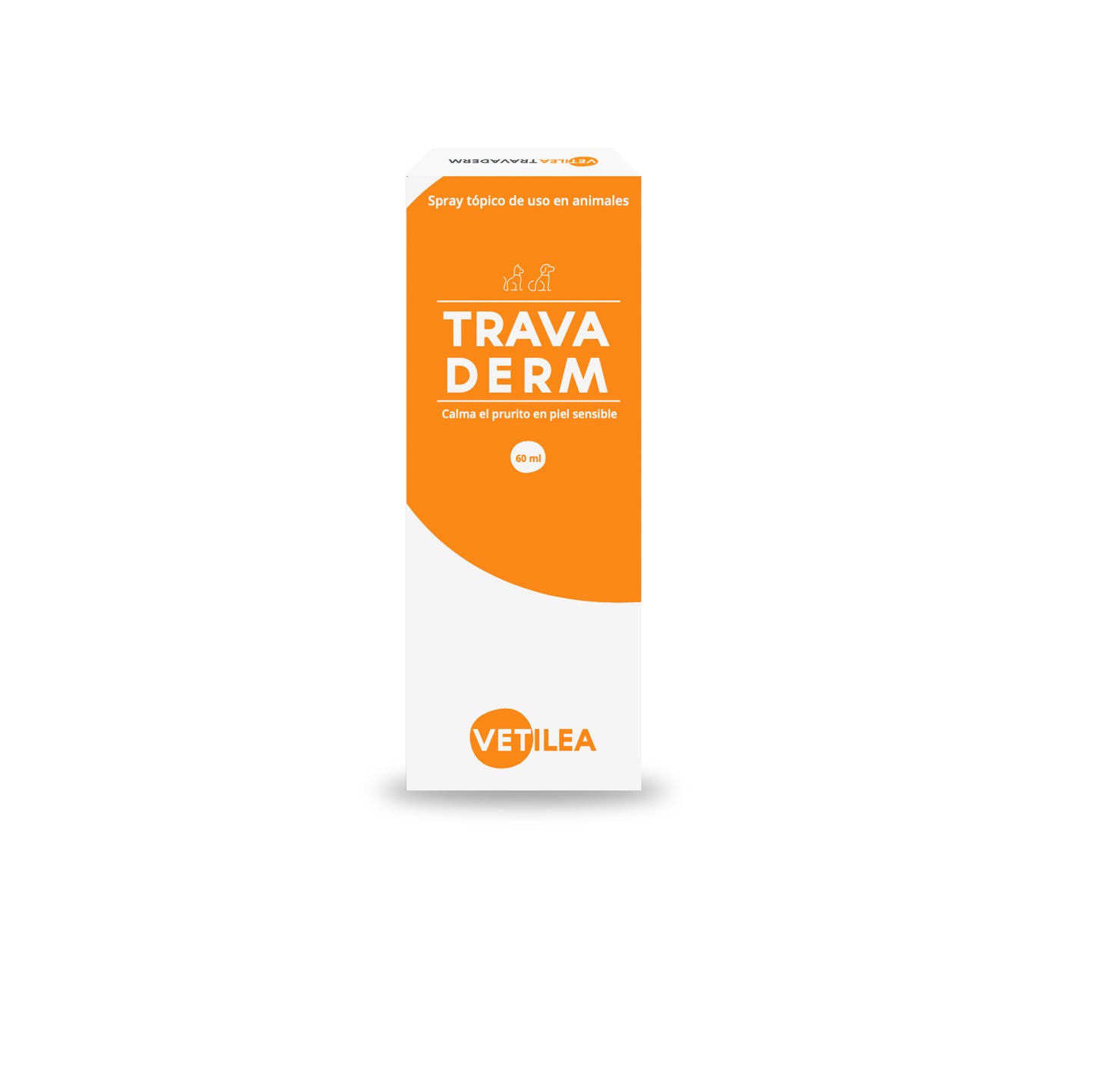calms itching sensitive skin
Novel Mechanism: HMBG
Vetilea Travaderm is a spray for localized topical use to provide comfort in dogs with sensitive or allergic skin.
Contains Hydroxymethoxyiodobenzyl Glycoamide Pelargonate (HMBG), that helps maintaining a normal sensibility on the skin. In addition, it helps maintain the skin’s barrier function and reduce oxidative stress.
In addition, it helps maintain the skin’s barrier function and reduce oxidative stress.
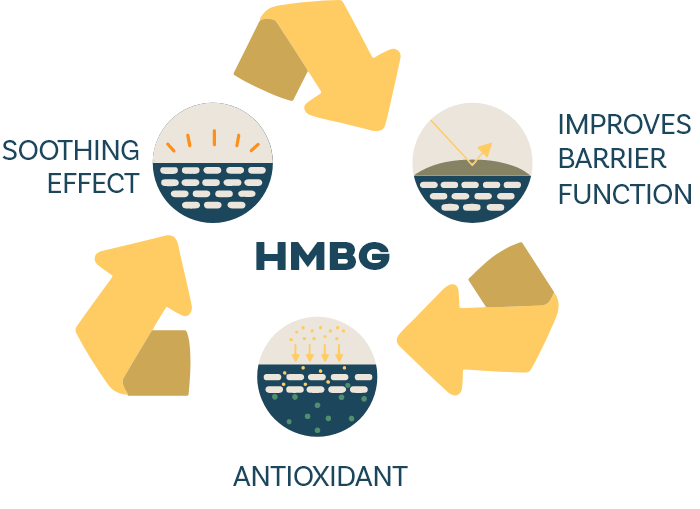
Unique in the market
It is the first product that acts at the neuronal level to stop itching
Exclusive format
60 ml bottle, topical spray for easy application on sensitive animal skins
Preclinical Data
Several preclinical studies have been carried out to determine the mechanism of action of Hydroxymethoxyiodobenzyl glycoamide pelargonate.
TRPV1 antagonism
The modulatory activity of the TRPV1 channel was evaluated in neuroblastoma cells expressing this receptor. Capsaicin (10 µM) was used as the channel activator compound. The antagonist activity of the compound was demonstrated, with an IC50 of 19.90 µM.
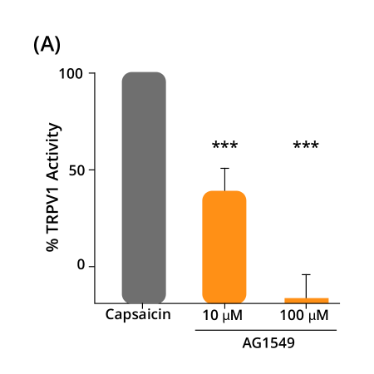
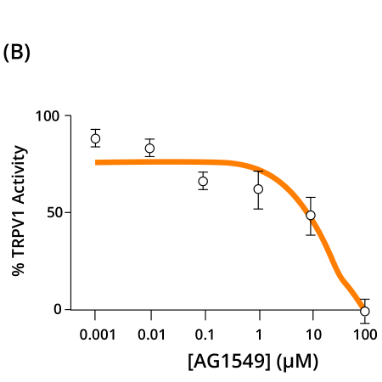
Figure 1.
Dose-dependent antagonist activity of HMBG (in publication AG1549), adapted from López-González et al .
Electrophysiological functional study of TRPV1
The transmission of current through the TRPV1 channel was studied in cells transfected with this channel.
HMBG was found to block capsaicin-initiated activity by applying the patch clamp technique in cells expressing the TRPV1 channel.
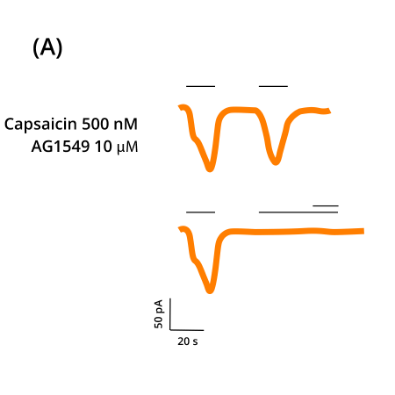

Figure 2.
A) Representative currents in capsaicin control and HMBG treatment (AG1549 in publication)
B)% of current evoked with capsaicin in control group and with HMBG. Graph adapted from López-González et al .
In vitro toxicology
Irritation, cytotoxicity and skin sensitization, phototoxicity and mutagenesis studies have been carried out with satisfactory results.
The product should not be applied on open wounds, eyes or mucous membranes.

CLINICAL STUDY IN PODODERMATITIS
Study published in Veterinary Dermatology, demonstrates the effectiveness of Travaderm in pododermatitis







